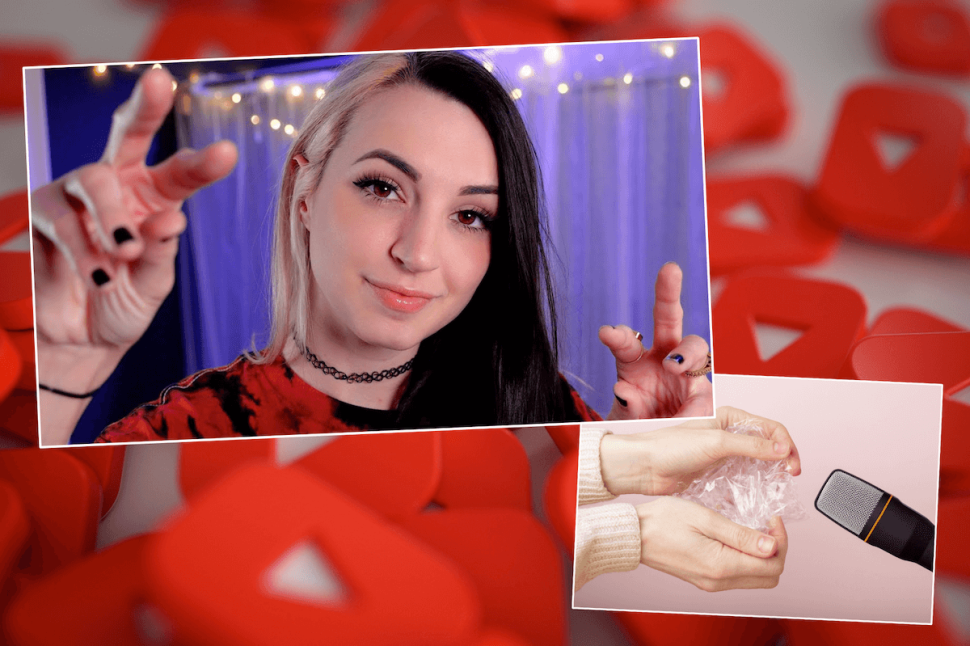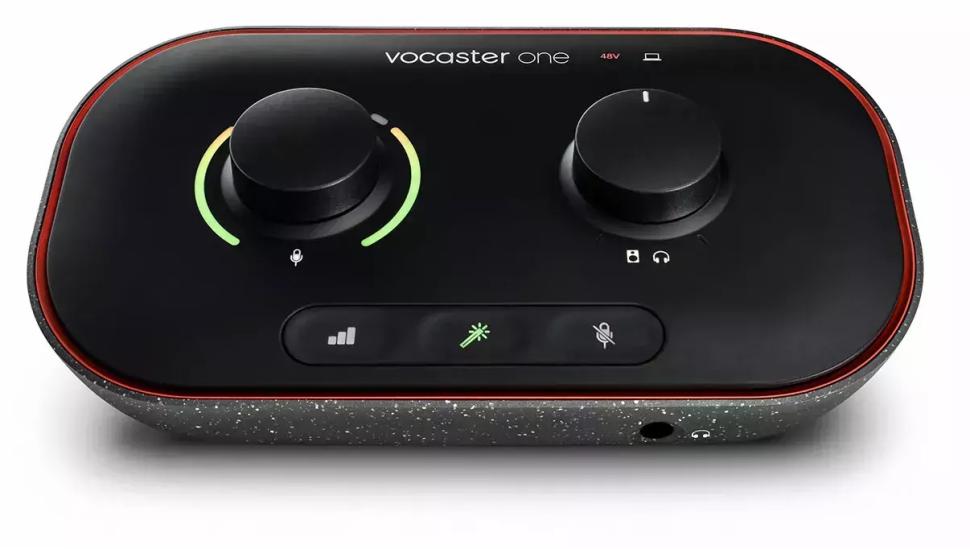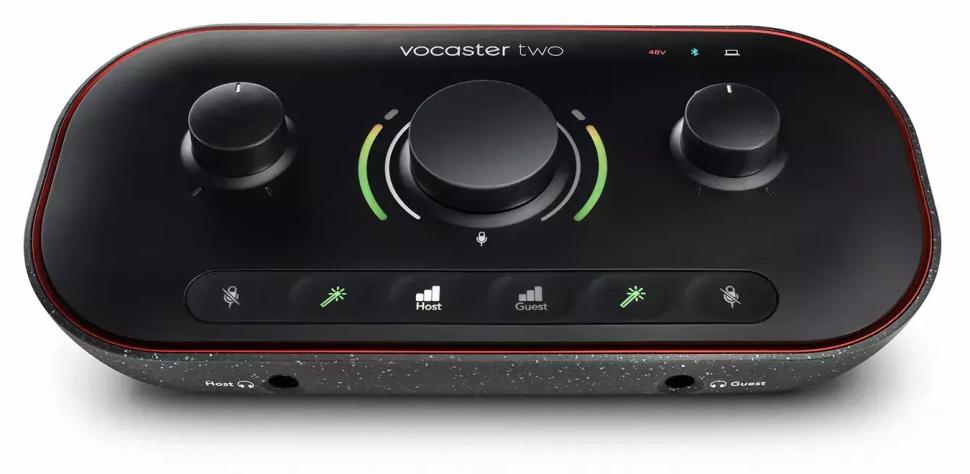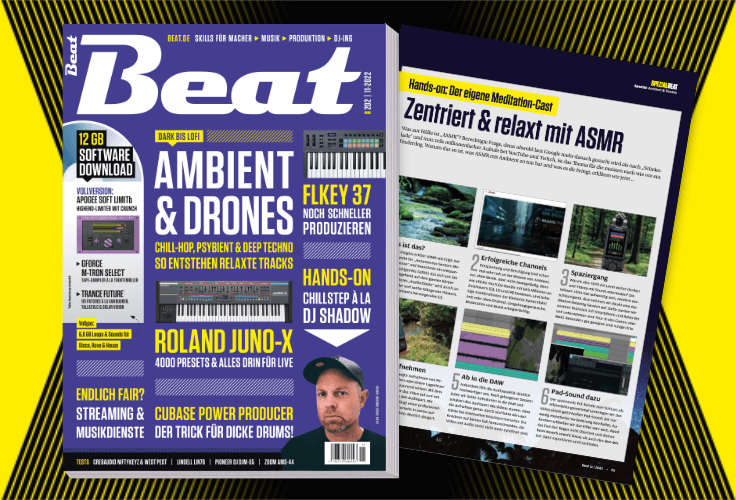ASMR - The drug in your ear

Love goes through the stomach, sex through the ears? What initially sounds like a rather daring thesis is rapidly gaining popularity. Descriptions like this one from an online forum are becoming increasingly common: "Years ago, I once had a doctor's appointment. The doctor had a slight cold, so she sucked a piece of candy. Every time the candy clicked against her teeth, it triggered more and more in me. As incredibly nice as that feeling was for me, I had to leave the doctor's office out of decency and respect for her before it triggered the final bang in me." Not everyone immediately drives such sounds between their legs. But more and more "regular people" are discovering that they have a special sensitivity to subtle, understated sounds. The community that has formed around these quiet connoisseurs seems like a perfect antithesis to the loud, raw, attention-seeking world that surrounds us - and in the process raises fascinating questions about how music and sound unfold their unique effect in us.
The child has a name
The progress of our understanding is rushing ahead with seven-league boots. Only a few years ago, there was not even a name for the experience reported in the forum. It was not until 2013 that the term ASMR - Autonomous Sensory Meridian Response - prevailed, covering the many subtly differentiated variants of the experience. The majority of those susceptible to it experience pleasant shivers that run from the back of the head down the spine and sometimes to the shoulders, and even to the pelvis and legs with stronger stimuli. Typical triggers for ASMR include whispering, soft crackling sounds, or the sound of water, but the range of possible triggers is much longer and includes, for example, in an oft-cited example, the gentle flutter of a towel being blown on by a hair dryer. After the child was finally given a name, the ASMR community virtually exploded. Real stars emerged, delighting millions of loyal fans with videos in which they spoke softly into the microphone, kneaded aluminum foil for minutes on end, or even performed role-playing games, such as a visit to the hairdresser, complete with the sensual flick of the scissors and fingers tenderly stroking through the hair.
Only a few get the head orgasm mentioned above. Rather, the most common reaction is a deep, happy relaxation. The Russian ASMR pioneer "Maria Gentle Whispering" discovered her talent while still working as a saleswoman. She noticed that many customers took an extremely long time to consult her and listened to her as if in a trance, as she leafed through the product catalog with her soft voice. So she started producing ASMR videos in her spare time, the effects of which read like miracle cures: Sad people are comforted, restless people come to rest, insomniacs can dream peacefully again.

Want to create your own ASMR cast? With the Vocaster One from Focusrite you can start your own stream in no time: Focusrite Vocaster One. Order now at Thomann: Focusrite Vocaster One.
Maria says she doesn't want to get rich from her hobby, but the professionalization of the scene is unmistakable. Good binaural mics are now part of the basic equipment of ASMR artists, and some of them sell samplers of their best sessions on iTunes. Forbes magazine, always good for an unconventional business idea, is already wondering when the first whisperer will top the charts with an album or a crackling single. To interpret ASMR as music is not as strange as it may sound at first. Almost 15 years ago, very similar sounds were already in the media spotlight. With his 2001 release "Forms of Paper," American artist Steve Roden unintentionally unleashed one of the most radical underground movements of the past decades - an aesthetic born out of punk that negated all of punk's original identifying characteristics, as he himself once described it.
The piece was an almost hour-long installation derived entirely from the sounds of paper and commissioned by a library. The location naturally dictated an extremely subtle level of sound, and so the already fragile sounds floated along the threshold of perception through a wide-open, free sound space. In an interview, Roden referred to his intent as a "lower case" - a "lowercase" that he juxtaposed with the screaming capitalization of radio playlists. Consequently, rather off the conventional path, the album developed a devoted following and inspired the creation of a variety of specialized labels. Their music was often dedicated with almost meticulous care to basically the same sound sources that today's ASMR artists use to lead their audiences into a frenzy. The subtle difference: While Roden's just reissued classic is known only to insiders even today, the same sounds suddenly generate millions of hits under the keyword ASMR. And that's despite the fact that the phenomenon isn't even scientifically recognized.

If you prefer to team stream or record a bushcraft video in the great outdoors instead of from home, pack your phone, the Vocaster Two, and a power bank to record the environment and your hosting for several hours: Focusrite Vocaster Two. Order now at Thomann: Focusrite Vocaster Two.
Minimal findings
New studies will undoubtedly change that quite soon. Researchers' findings have been minimal so far, partly because it is still difficult and costly to document the physical reactions of ASMR. But it is striking how close the phenomenon is to two other borderline experiences that were also ridiculed by the scientific community for a long time before suitable methods were found to prove them unequivocally: synesthesia and frisson (musical shiver).
In the former, acoustic stimuli activate other sensory perceptions, including visual perceptions or smells. The musical frisson, on the other hand, which closely resembles the sensation of an ASMR episode but is much more specific and has different triggers, is less complex only on superficial inspection. Psychologist David Brian Huron has studied the subject extensively and identified the two typical triggers in the book Sweet Anticipation: First, developments that contradict the listener's expectations - a surprising chord or a slightly rhythmically shifted note, for example. Second, particularly loud sounds, very high notes, or bass-heavy passages. The second trigger is a startling one, since it is precisely those acoustic features that put the body on alert and trigger a non-intellectually controlled shock reaction.
Huron's theory: The old, more instinctive part of our brain first recognizes the triggers as a threat and reacts with an increased pulse, more sensitive skin, dilated pupils and tense muscles. After that, our logical brain recognizes the harmlessness of the situation and gives the all-clear signal. The difference between tension and relaxation, according to Huron, is perceived as pleasant, the shiver as a disturbingly beautiful thrill.
It now becomes exciting to consider the chemical processes that occur in the brain during a musical shiver. In the phase that leads up to the key moment and announces it, the body already begins to release dopamine, a process that then reaches its peak when the shiver-triggering point occurs.
Dopamine is a biogenic amine and the central element of the bodily reward system that drives the search for survival factors such as food or sex. Put simply, if endorphins give you butterflies in your stomach, then dopamine corresponds to the desire and search for those butterflies. The body interprets an extremely strong release as a streak of happiness and does everything in its power to achieve this state again - the result can be addictive behavior. So one can rightly claim: the most effective music appeals to the same centers as a cream pie or an orgasm, and it triggers qualitatively comparable addictions as a drug. In fact, every music enthusiast will know the feeling of wanting to listen to a favorite song over and over again and always wanting to anticipate the euphoric chorus anew. Even after repeated listening, it's not so much a wearing-out effect as a conditioning - the Pavlovian dog reacts with salivation, the passionate listener with a shiver.
Gezielte Unterdrückung
What does the situation look like on the side of the performer or composer? It is almost self-evident that during a live concert, not only the auditory centers but also the motor and visual parts of the brain are engaged. The same applies to a composer who writes for an instrument he has mastered - the brain simulates the process of playing in the head, so to speak, and activates the corresponding areas. Other brain centers, on the other hand, are suppressed in a fascinating way. The prefrontal cortex in the left hemisphere of the brain, the seat of our mind, is particularly affected. The undersupply of this node allows incoming information to reach our perception now unfiltered by logic and rational reservations. Similar conditions have been observed in highly gifted individuals whose seemingly incomprehensible mathematical abilities or extreme memory are due to permanent hypofrontality. In the process of making music, a similar state temporarily arises; one could also say: in the state of composing and playing, we experience more and evaluate less, feel more intensely and suppress reflection, are literally more open and permeable.
The deactivation of the frontal cortex and thus the switching off of rational brain areas is interestingly also typical for the so-called subspace of the submissive partner in an S&M scene. It is a state that, despite the pain involved, is rarely described by the participants as sexual, but rather as spiritual, and is felt as a sense of drifting, as a complete absorption in the moment, as a disappearance of the ego and a dissolution in the other. Could similar processes also explain the feeling of deep relaxation so often conveyed in ASMR? The answer to this question will still be a while in coming, but one can already state: A lot more goes through the ears than many would have ever dreamed.

Hands-on: The own meditation cast
Although Google searches for ASMR are higher than for "chocolate" and despite millions of views on YouTube and Twitch, the topic is still an underdog for most people. Why that is, what ASMR has to do with Ambient and how to create your own meditation cast, we explain in BEAT issue #202.. Here you can find the issue in the Falkemedia store
Want more? Get more!



Subscribe to the digital edition of BEAT Magazine via Plugins-Samples.com and get more gear, in-depth workshops, reviews and 11 GB exclusive plugins and new sounds with every monthly issue!
Subscribe to Beat Magazine for only 4.99€ per month
